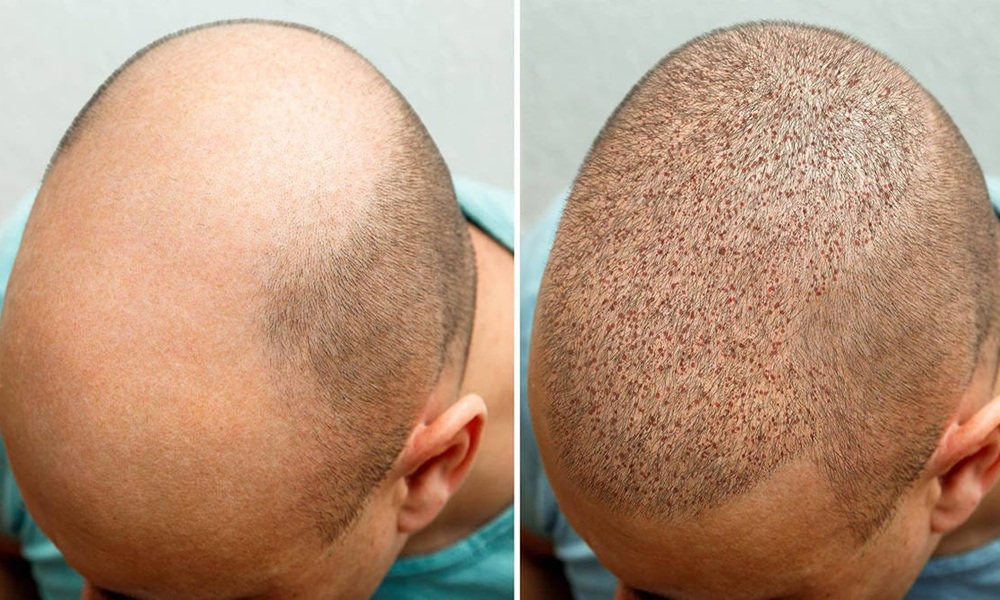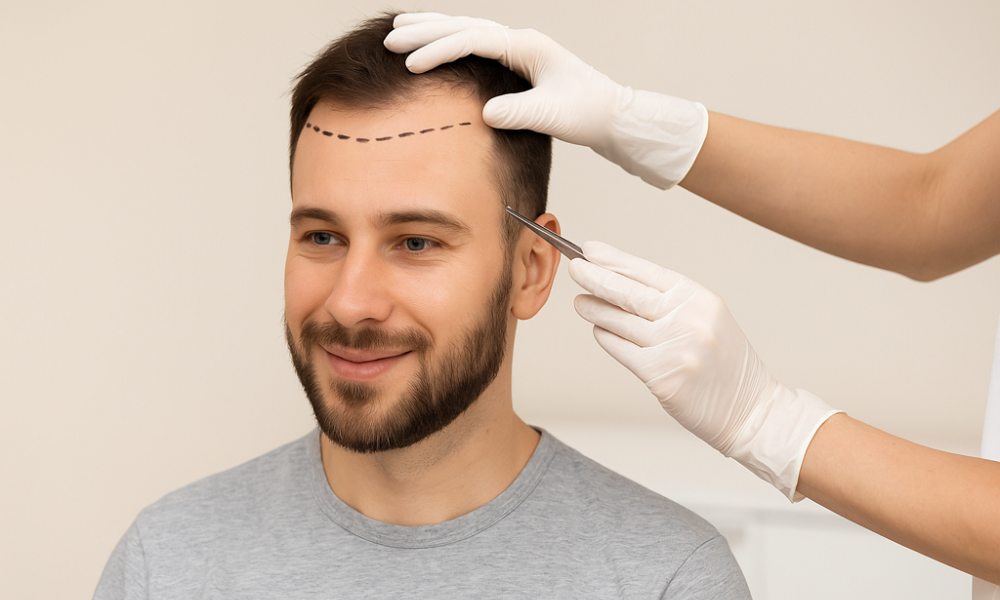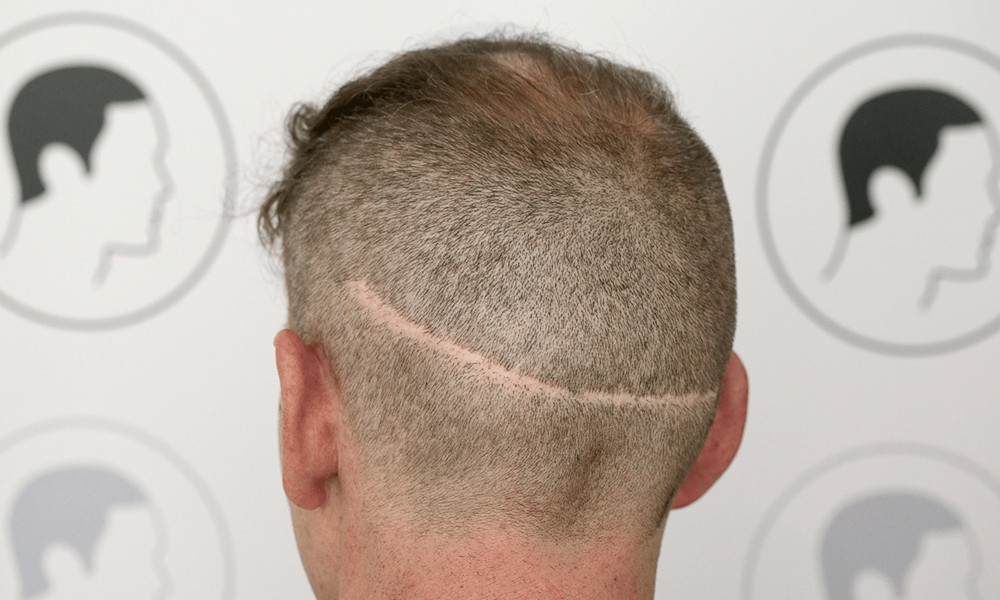Hair loss is a common concern affecting both men and women across Pakistan. With advancements in cosmetic procedures, hair transplant has become one of the most effective and permanent solutions. If you are considering this procedure, one of the most common questions you may have is: What is the cost of hair transplant in Islamabad?
At The Aesthetic Line, we believe in transparency, quality, and patient satisfaction. This blog provides a detailed breakdown of hair transplant costs in Islamabad, factors affecting pricing, and why choosing the right clinic matters.
What Is the Cost of Hair Transplant in Islamabad?
The cost of hair transplant in Islamabad typically ranges between PKR 100,000 to PKR 400,000, depending on multiple factors such as the extent of hair loss, technique used, and the number of grafts required.
At The Aesthetic Line, our hair transplant procedures are priced within this range:
- PKR 100,000 – PKR 400,000
We ensure affordable pricing without compromising on safety, hygiene, or results.
Factors Affecting Hair Transplant Cost in Islamabad
The cost of a hair transplant is not fixed because every patient has unique needs. Below are the key factors that influence pricing:
1. Number of Grafts Required
The most significant factor is the number of grafts needed. Mild hair loss may require fewer grafts, while advanced baldness needs a higher graft count, increasing the overall cost.
2. Hair Transplant Technique
Common techniques include:
- FUE (Follicular Unit Extraction)
- DHI (Direct Hair Implantation)
Advanced techniques often cost more due to precision, technology, and expertise involved.
3. Severity of Hair Loss
Patients with advanced hair loss (Norwood scale stages) usually require larger sessions, which raises the cost.
4. Surgeon’s Expertise
Experienced and qualified surgeons may charge higher fees, but they significantly reduce the risk of complications and ensure natural-looking results.
5. Clinic Facilities & Technology
A well-equipped clinic with modern tools, sterile environment, and trained staff contributes to better outcomes and slightly higher costs.
Why Choose The Aesthetic Line for Hair Transplant in Islamabad?
At The Aesthetic Line, we focus on quality, safety, and natural results. Here’s what sets us apart:
✔ Experienced hair transplant specialists
✔ Latest FUE & DHI techniques
✔ Affordable pricing with no hidden charges
✔ Personalized treatment plans
✔ Hygienic and fully equipped clinic
✔ High graft survival rate
We understand that a hair transplant is an investment in your confidence. That’s why we offer honest consultations and recommend only what you truly need.
Is Hair Transplant Worth the Cost?
Yes, absolutely. Unlike temporary solutions such as oils, medications, or wigs, a hair transplant offers permanent and natural results. Once transplanted, the hair grows naturally and does not fall out, making it a long-term solution.
When performed correctly, a hair transplant improves:
- Appearance
- Self-confidence
- Psychological well-being
Considering the permanent nature of results, the cost of hair transplant in Islamabad is a worthwhile investment.
Cheap Hair Transplant vs Quality Treatment
Many patients are tempted by extremely low-cost hair transplant offers. However, cheap procedures often involve:
- Untrained technicians
- Poor hygiene
- Low graft survival
- Unnatural hairlines
At The Aesthetic Line, we prioritize quality over shortcuts, ensuring safe procedures and satisfying results.
Free Consultation at The Aesthetic Line
We offer free initial consultations to evaluate your hair loss condition and provide a customized treatment plan with accurate cost estimation.
- Location: Islamabad
- Contact us today to book your consultation
Final Thoughts
The cost of hair transplant in Islamabad ranges from PKR 100,000 to PKR 400,000, depending on individual needs and treatment complexity. Choosing a reputable clinic like The Aesthetic Line ensures you receive professional care, advanced techniques, and long-lasting results.
If you’re ready to restore your hair and confidence, The Aesthetic Line is here to guide you every step of the way.










